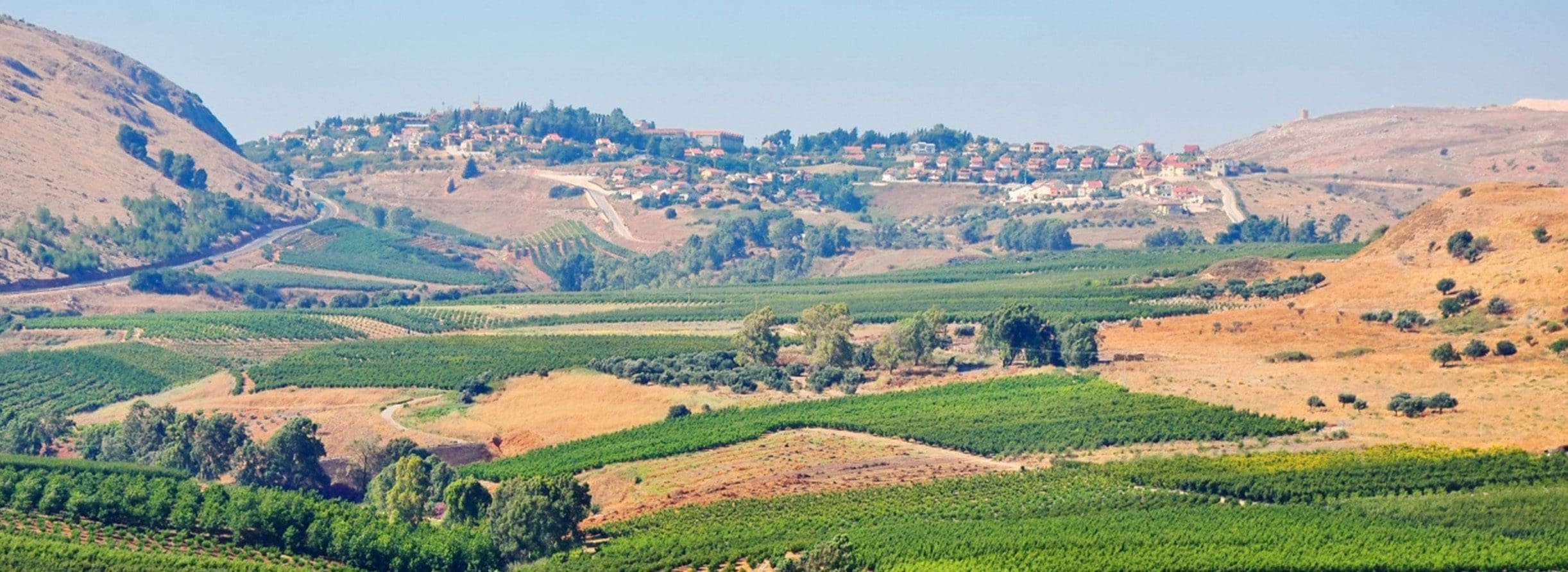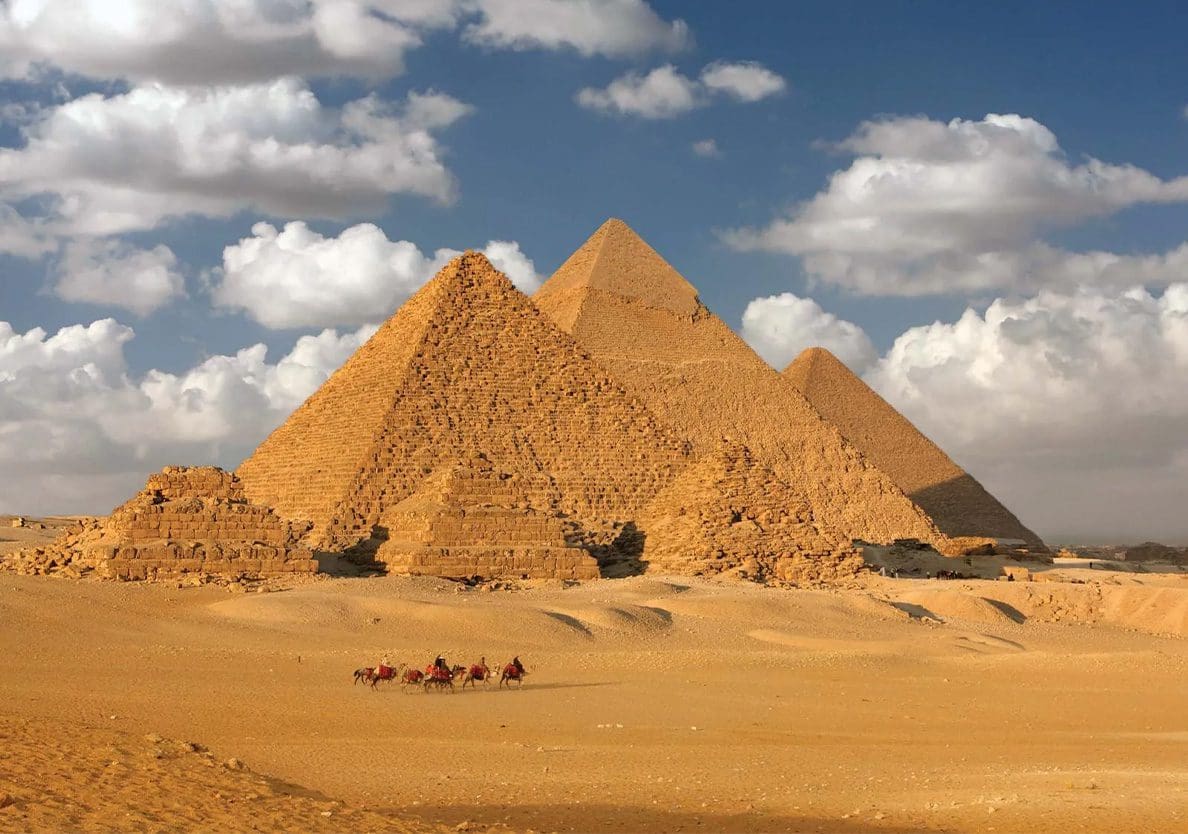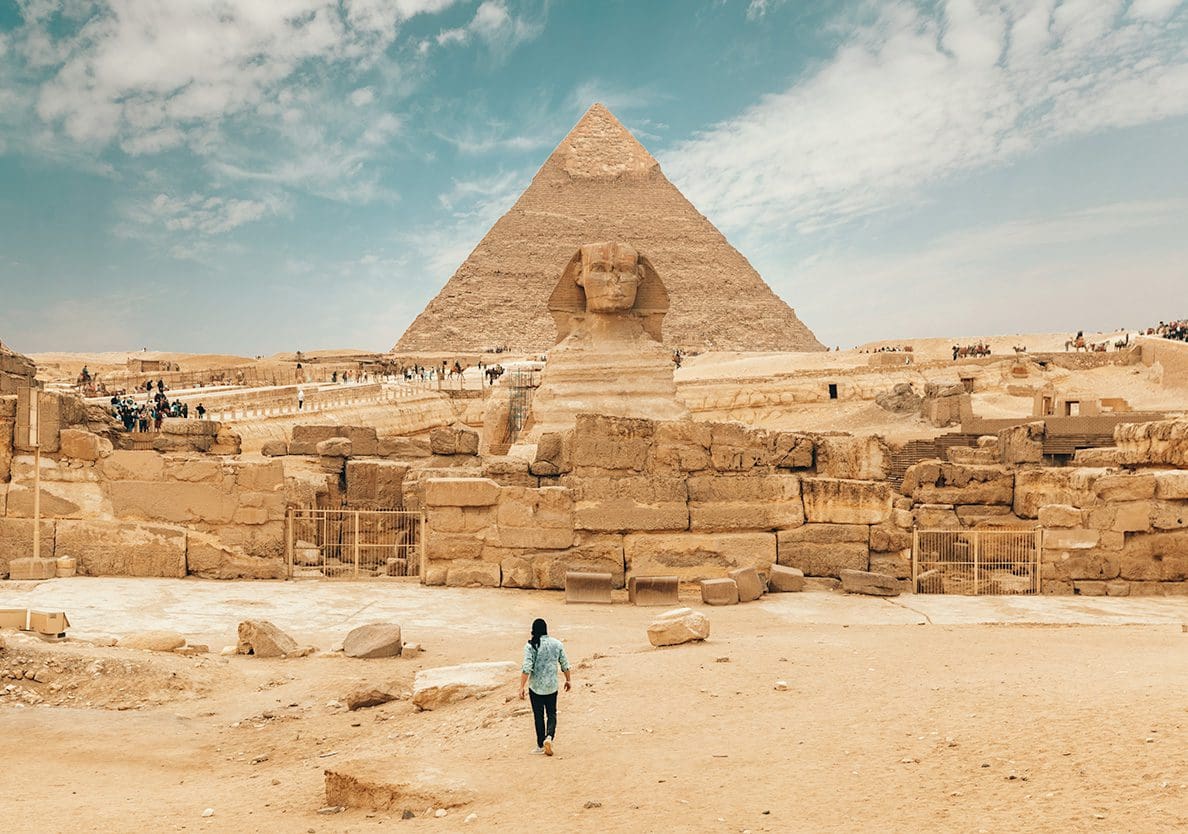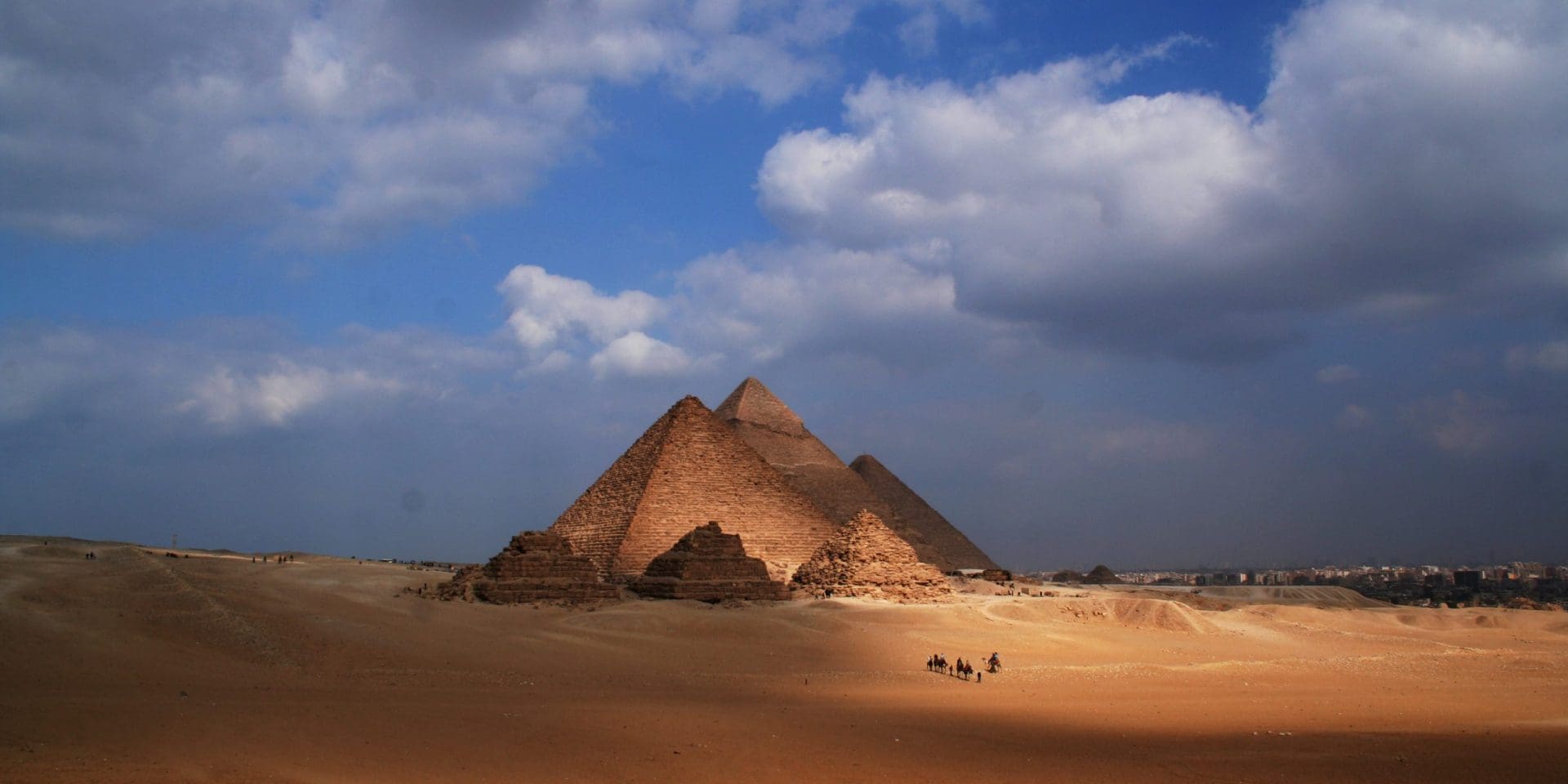Soon after Solomon was appointed king of Israel, God blessed him with such great wisdom and prosperity that he became world renowned. Even the famous but mysterious historical figure known to us only as the Queen of Sheba (or the Queen of the South) came to witness Solomon’s greatness firsthand. While her name and the location of her kingdom isn’t known, most Biblical scholars believe Sheba was located in southwestern Arabia which is modern day Yemen.
Interestingly, this conclusion flies in the face of the Jewish-Roman historian Josephus who claimed that this queen was the ruler of Egypt and Ethiopia. While most Christian scholars think Josephus was mistaken, there are a few who accept his record. Two such scholars are John Ashton and David Down. As a matter of fact, using a revised and shortened Egyptian chronology based upon the Bible and other historical and archaeological markers, they argue in their book Unwrapping the Pharaohs that the Queen of Sheba was none other than the famous female Pharaoh, Hatshepsut.

Several reasons bring them to this conclusion. First, Jesus refers to the Queen of Sheba as “The queen of the South” in Matthew 12:42. And since the Bible often refers to Egypt as the land of the south—even referring to Egyptian kings as kings of the south (see Daniel 11)—it is logically possible to identify the queen of the south with the queen of Egypt.[1] They also point out that the key historical event in the lives of both queens is their expedition to a distant land. Indeed, just as the Queen of Sheba is known for her great expedition to Israel, so too is Hatshepsut known for her expedition to the “Land of Punt.” While nobody really knows where Punt was, “In her inscriptions she refers to [it] as ‘God’s land,’ saying that ‘it was a beautiful land,’ a fitting reference to the land of Israel at that time.”[2],[3] Egyptian inscriptions also apparently refer to Punt being in Israel. One problem with this idea is that the flora and fauna depicted in Hatshepsut’s expedition have been identified as coming from Africa not Israel. However, it is possible that “The flora that she brought back…could have been imported by Solomon from Africa. Solomon was an avid gardener (Eccles. 2:4-6), and zoologist, and had imported trees and apes from Africa (1 Kings 10:11, 22).”[4]


Lastly, if the Queen of Sheba really was Hatshepsut, then there may have been another incentive for her to make the long trek. Hatshepsut had a sister named Neferbity. But because nothing more is heard of Neferbity, “scholars assume that she died prematurely, but it is possible that [she] was the daughter of Pharaoh whom Solomon married (1 Kings 3:1). She may have been the bride in the song that was sung at Solomon’s wedding. She describes herself as being ‘dark, but lovely’ (Song of Sol. 1:5), and Solomon addressed her as ‘My filly among Pharaoh’s chariots’ (Song of Sol. 1:9). In that case, Hatshepsut would have been visiting her sister.”[5]

Ryan Hembree is a daily co-host, speaker, and writer of Bible Discovery. He also hosts a YouTube channel that shows the unity of the Bible and how science and Scripture fit together. Ryan also has an honorary Masters of Ministry in Creation Science from Phoenix University of Theology.
[1] As J. Dwight Pentecost confirms, “There is general agreement among interpreters that the King of the South has reference to Egypt, inasmuch as Egypt is frequently referred to as the land to the south in Scripture.”
Pentecost, Things to Come, 331-32 cited from Mark Hitchcock, Russia Rising, 24.
[2] John Ashton & David Down, Unwrapping the Pharaohs, P.122.
[3] While it’s true that her description could be applied to many different lands, it is notable that the prophet Daniel twice refers to Israel as “the Beautiful and Glorious Land” (Daniel 11:16, 41).
[4] John Ashton & David Down, Unwrapping the Pharaohs, P.122.
[5] Ibid., P.121-122.






